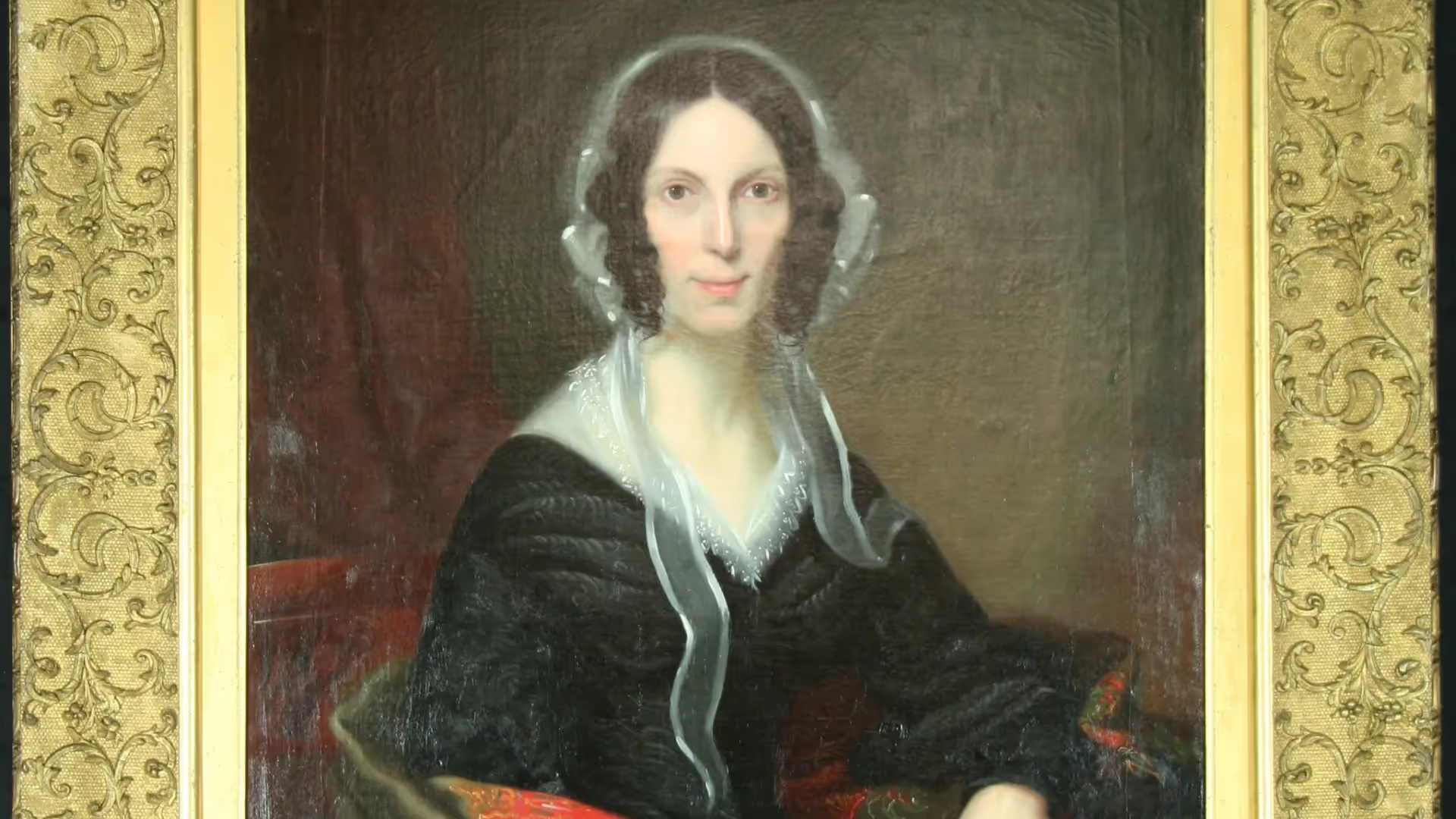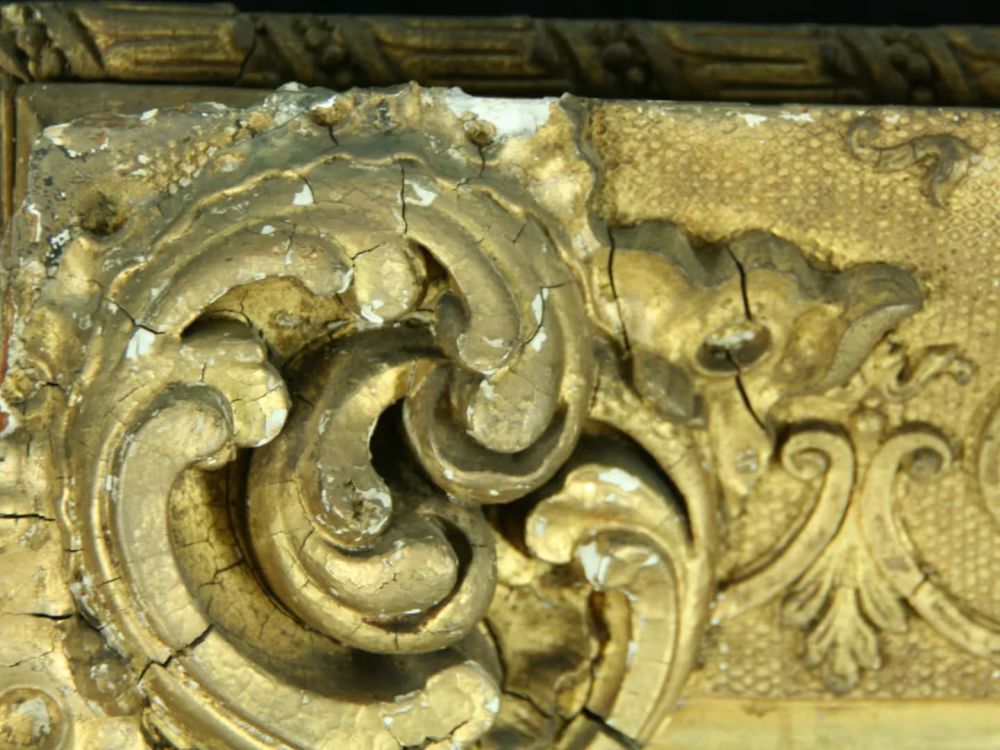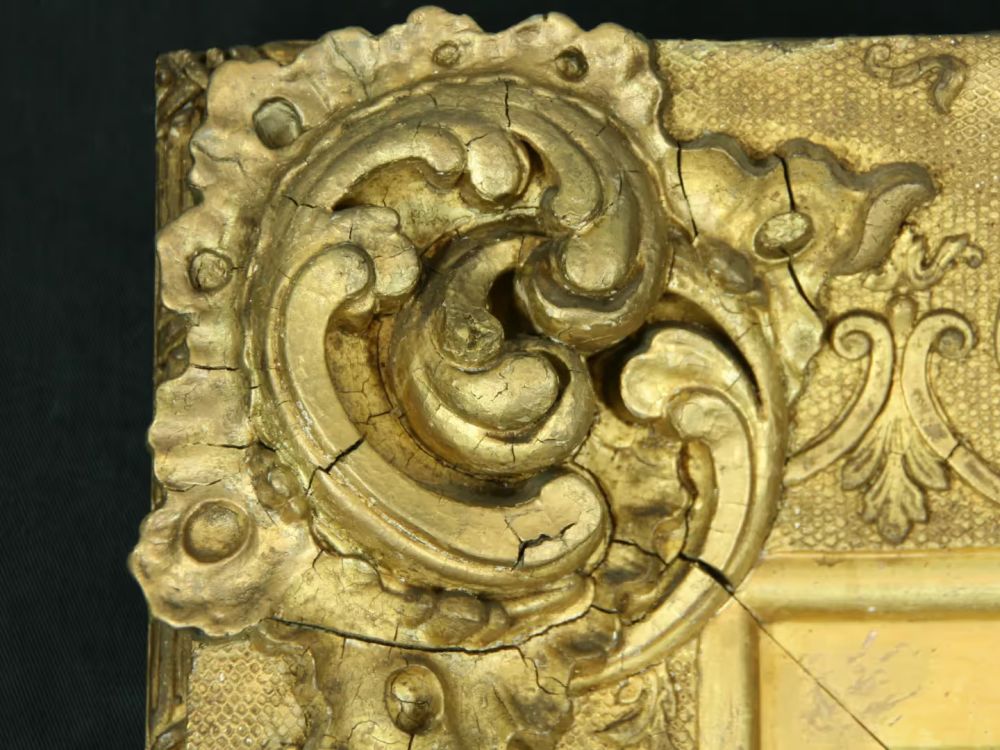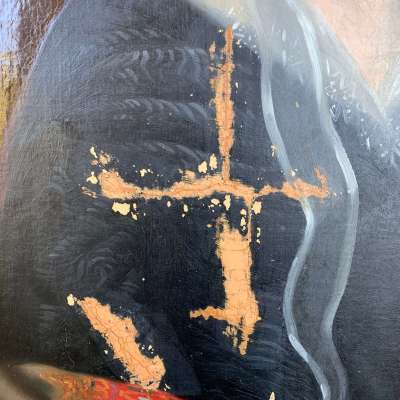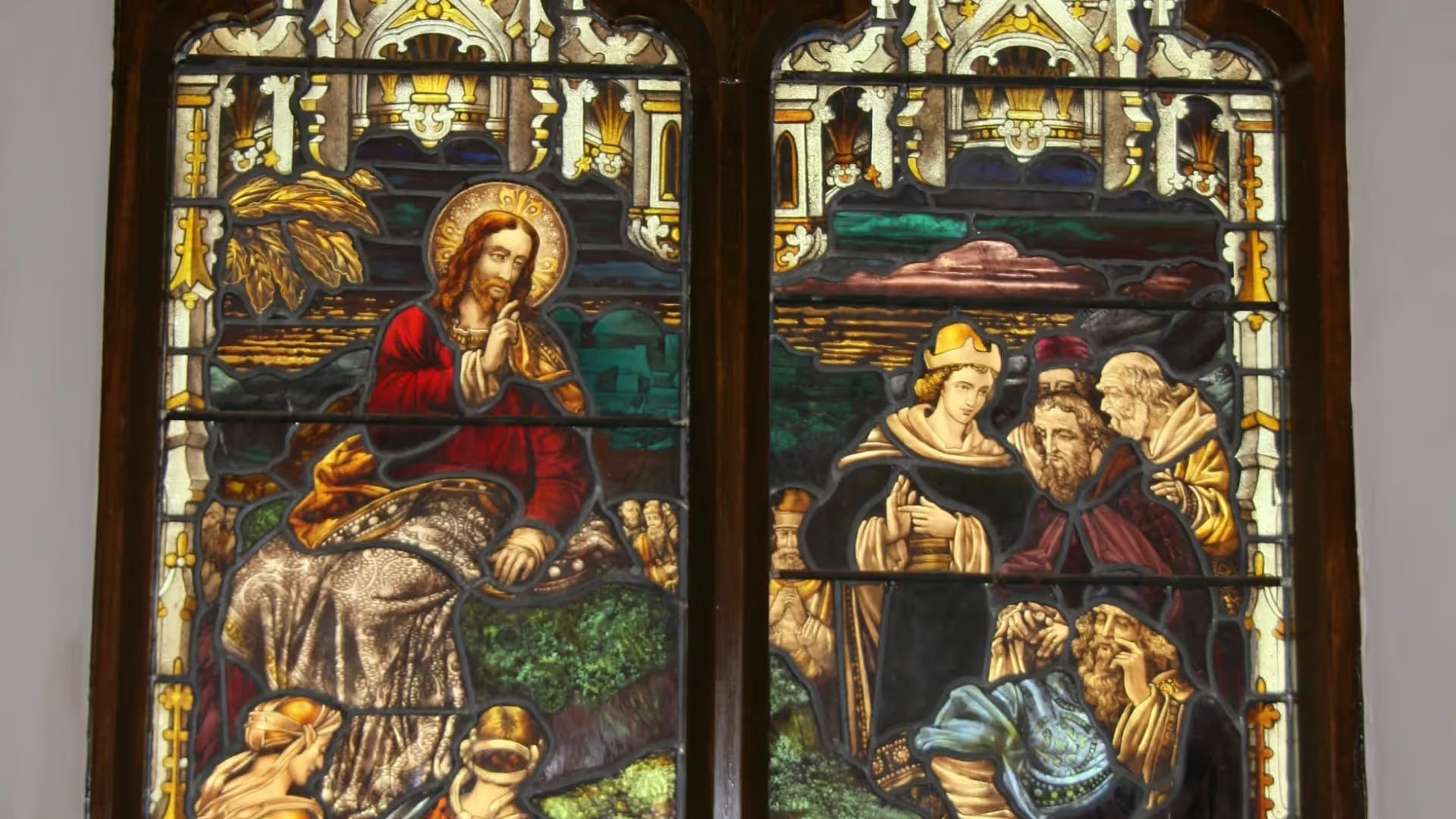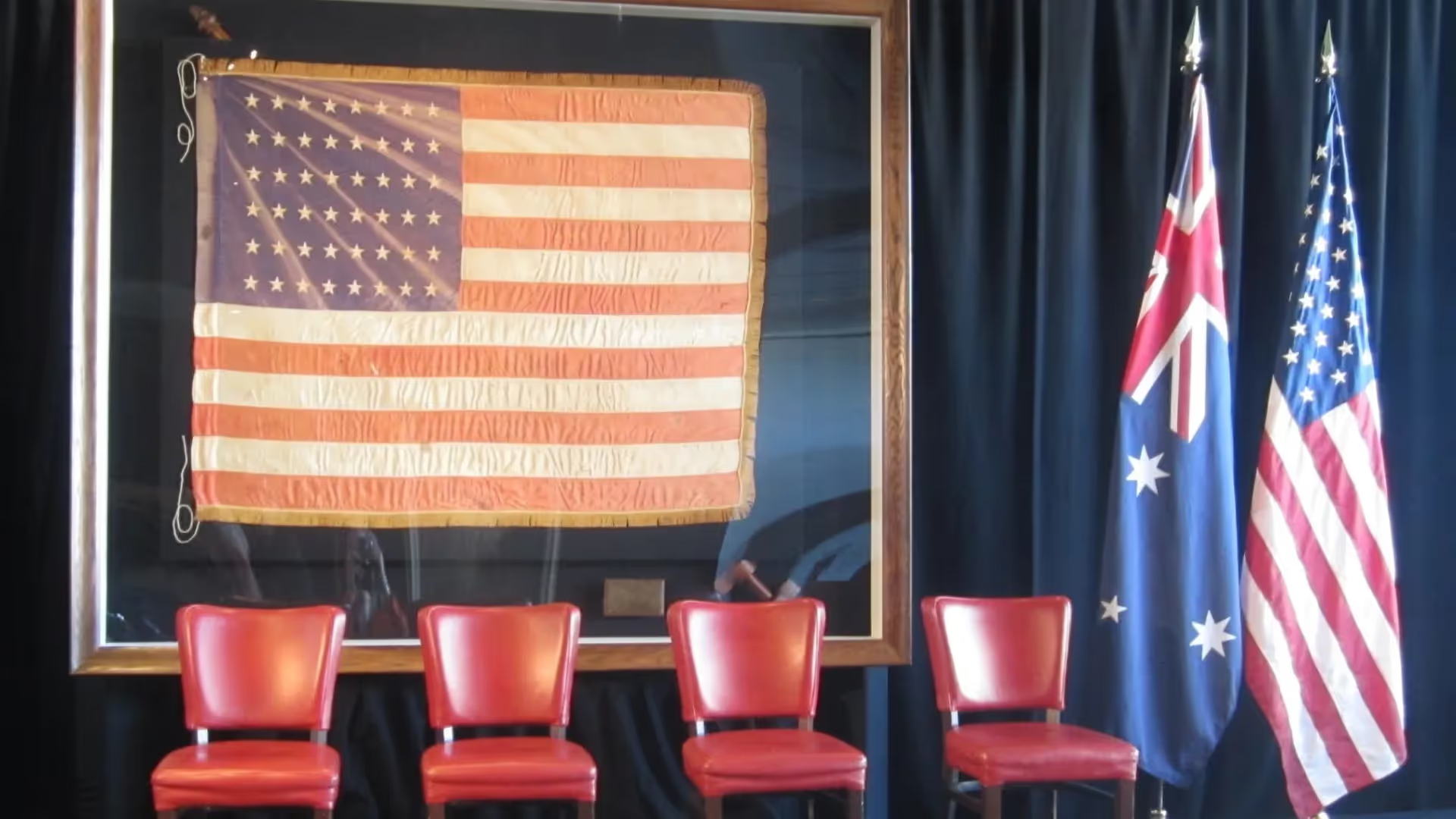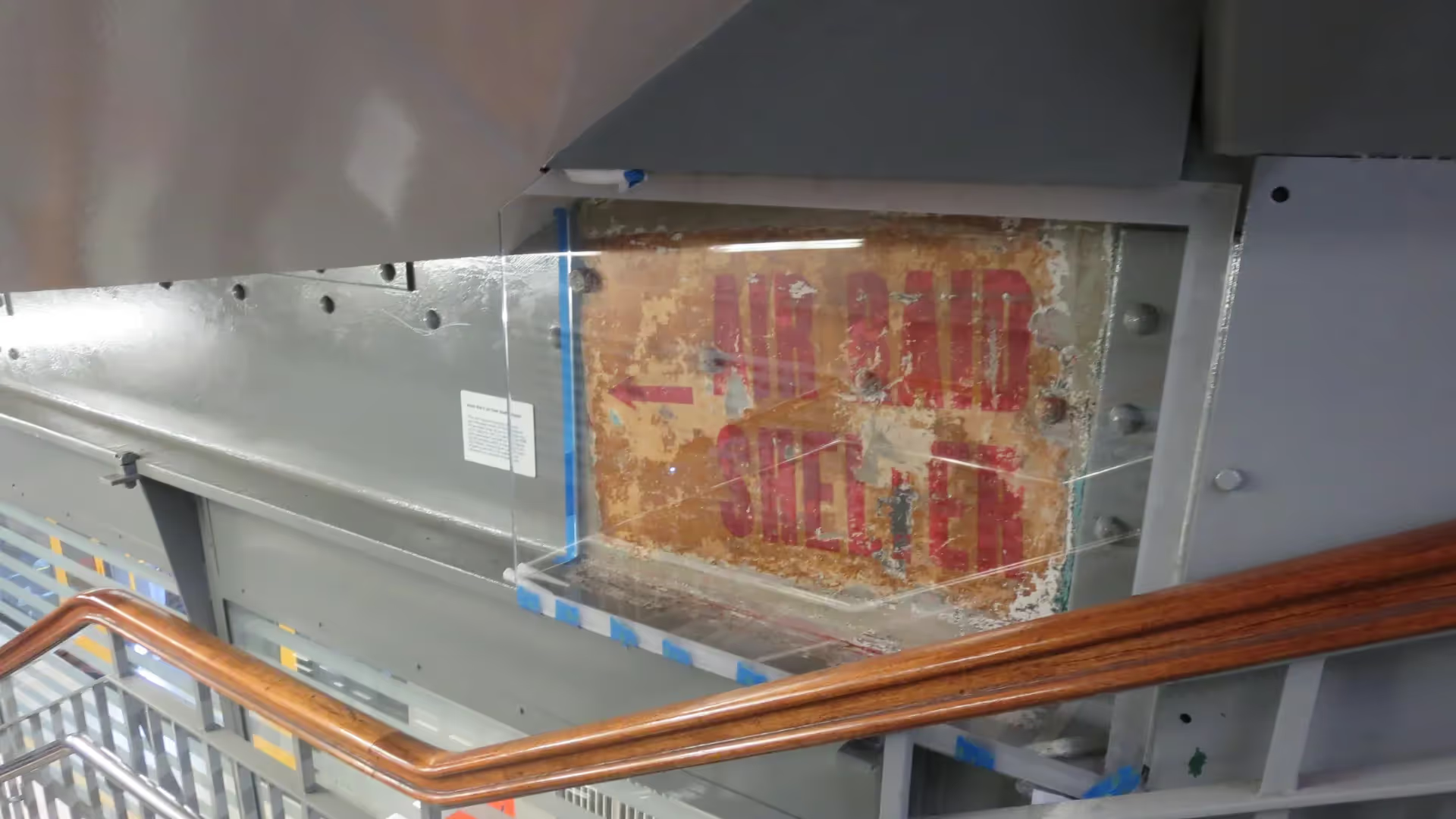Condition
The painting was in fair condition and had been treated before. A layer of surface dirt covered the entire recto and verso of the surface. The varnish had been partially removed.
The inpainting from the previous treatment had become discoloured, revealing the location of five prior tears. Along one of the tears, bubbles were detectable. There was a scratch along the edge on the lower left corner. The paint was tenting and flaking in several locations. Organic spots were visible under the varnish. Extensive residue of old varnish was visible under UV light. A slight gap was visible along the lower edge between frame and painting.
The frame was in a generally stable condition, although the ornamentation was in very poor condition. The frame had also been treated previously. Losses had been in-painted to match surrounding areas but had now discoloured and darkened, highlighting where the repairs were made. There were insect nests between ornaments and on the back. Numerous new losses of ornamentation were visible, along with several areas of unstable ornamentation. There was oxidation and organic spots on the gold slip.
Treatment
Treatment - Painting
- Loose surface dirt was removed using a brush vacuum and dry sponges. Dirt that was well-adhered to the recto of the artwork was then removed
- Varnish and old overpaint layers were carefully removed, without causing damage to the original paint layers underneath. An isolating varnish was then applied to saturate out the original colours
- The previous infills were discovered to have been over filled, covering the original paint layers. These were removed manually using a scalpel. Losses and abrasions were then filled to even out the surface and match texture and strength
- The artwork was varnished again to saturate the areas around where the excess fills were removed
- Tenting paint was consolidated
- Deformations in the canvas and areas around the tears were flattened through humidification, using wet blotter and weights overnight
- Tears and losses were re-touched
- A final varnish was applied to even out gloss and increase saturation of paint layers
- A section of wood was added to the verso of the stretcher to act as a new cross bar. This was to reverse the bowing of the upper and lower stretcher bars and the associated deformations caused by the bowing
- The painting was re-fitted into its original frame and a new conservation grade backing board was applied
Treatment - Frame
- Loose surface dirt was removed from the frame. The lower brace and top edge, where the surface dirt was heavily ingrained, was lightly aqueous cleaned
- Loose moulding was consolidated
- Losses in the ornamentations were reproduced
- The losses were retouched using gilt varnish and patination was achieved through pigments and waxes to integrate with the original colours of the frame
Before treatment
After treatment
